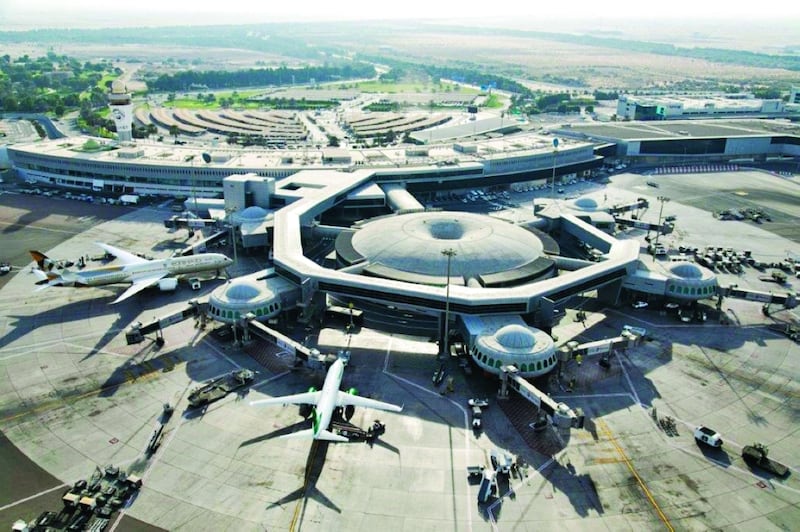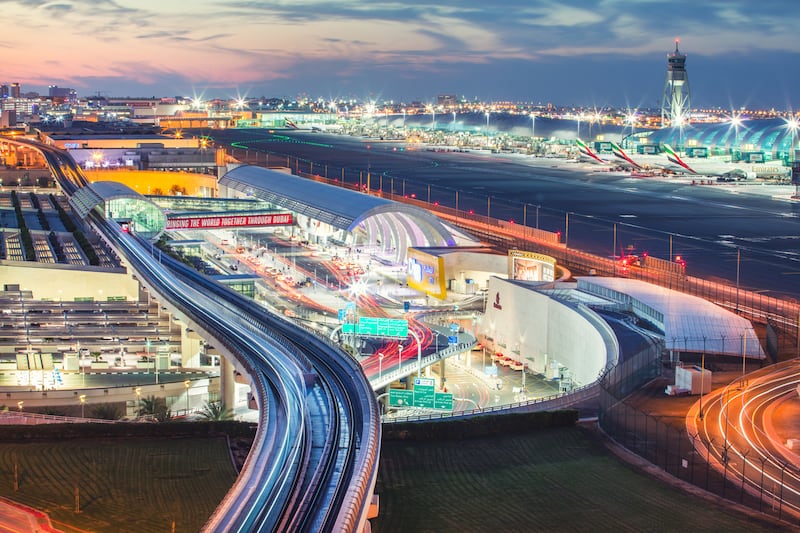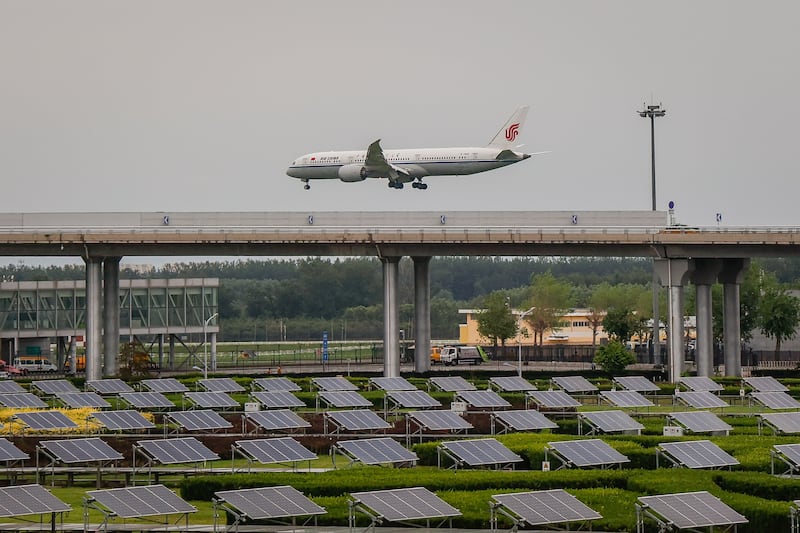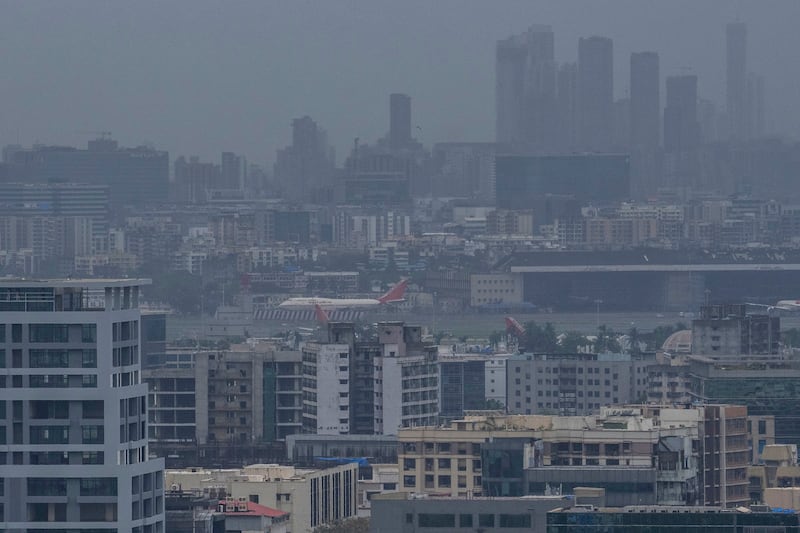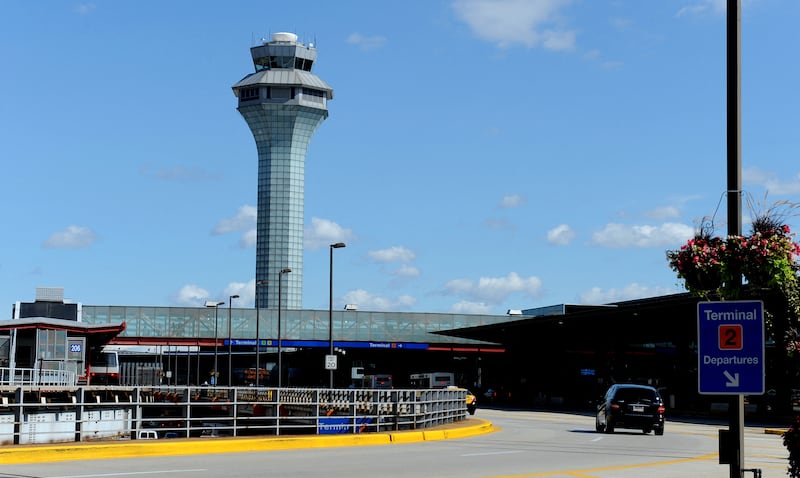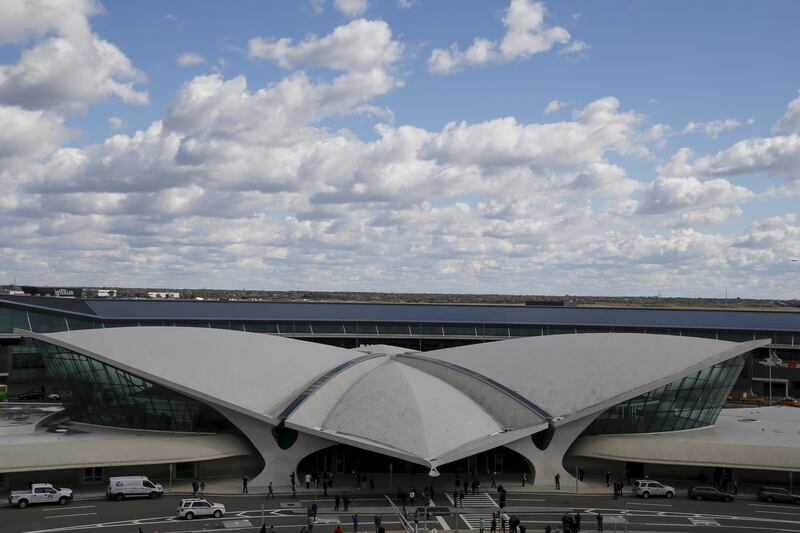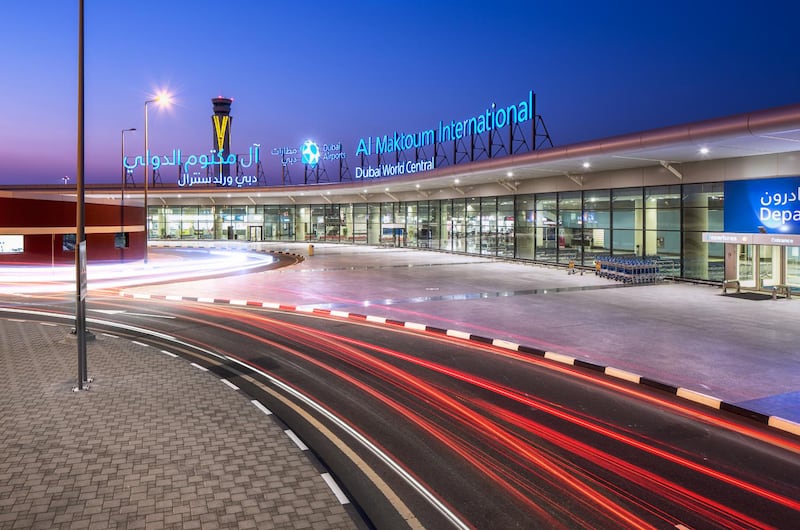You’re at the airport, perhaps returning to Abu Dhabi from holiday or for work, and standing at the check in desk.
The airline worker checks your passport, issues a boarding pass and asks you to put the bags on a conveyor belt.
Finally, a printer whirrs and the baggage tag appears. But why does the label on the bag for Abu Dhabi International Airport read “AUH”?
It’s almost as confusing with Dubai International Airport which is known as “DXB”. Where the X did that come from?
In fact, these apparently weird airport labels make perfect sense. But you have to know how to crack the code, with the code masters in this case being the International Air Transport Association — or IATA for short — trade association of the world's airlines
IATA was founded in Havana, Cuba, in 1945, to promote co-operation among the world’s airlines. One of its roles is to issue airports with a unique three letter code, otherwise known as the location identifiers, which are printed on baggage tags.
The letters should represent, as closely as possible, the airport name. So, London’s Heathrow Airport is LHR and John F Kennedy in New York is JFK.
To avoid confusion, the codes are never changed. They are also issued in date order. And that’s when problems can occur.
Abu Dhabi International Airport should surely be ABU. Except that was already owned by Haliwen Airport — now known as A A Bere Tallo Airport — in Indonesia. So, what about ABD or AUD? Those are Abadan Airport in Iran and Aldan Airport in Russia, respectively.
So, the next best thing is the code AbU dHabi. Or AUH.
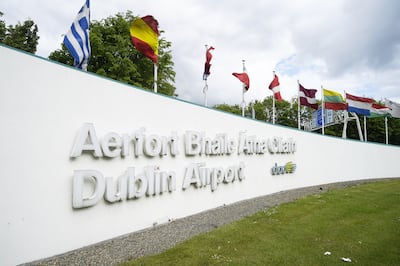
Dubai is slightly different. DUB is already taken by Dublin in Ireland. DBA is Dalbandin in Pakistan. The letter X is commonly used in airport codes as a filler letter and so, DXB was chosen.
Sometimes cities change names. Chhatrapati Shivaji Maharaj International Airport serves Mumbai, but has the code BOM, after Bombay. Likewise, Beijing Capital International Airport is still PEK after the old name Peking.
Airports also change names after a code has been chosen. Chicago’s O’Hare International Airport, one of the busiest in the world, is named after Edward “Butch” O’Hare, a famous fighter pilot from the Second World War. But the airport was originally called Orchard Field, and so, the airport code is ORD, or ORcharD.
Dubai’s other airport is Al Maktoum International. But it is also referred to as Dubai World Central, after the wider cargo and logistics hub that surrounds the airport, and given the code DWC.
The permutations of codes are limited to the mathematic permutations of three letters, with 17,576 the maximum possible. At present, IATA says it has issued 11,026 codes.
The UAE has more airport codes that you might think. There are 12 in total.
Al Ain International Airport has AAN, Sharjah International Airport is SHJ and Fujairah International Airport FJR. Ras Al Khaimah International Airport uses RKT, since RAK is the Marrakech Menara Airport in Morocco.
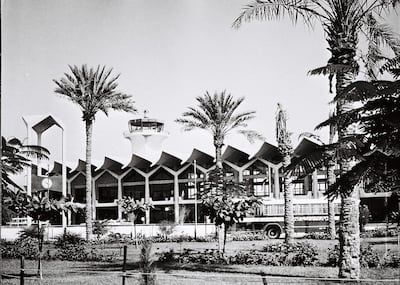
Al Bateen Executive Airport was the original Abu Dhabi International Airport, opening in 1969. It still uses the code AZI, since Abu Dhabi was often written as Abu Zabi in those days.
Small airports without multiple commercial airlines often begin with the letter X. Sir Bani Yas Airport is a popular tourist destination and has the code XSB for its airport.
The others are military airbases. DHF is Al Dhafra Air Base and NHD is Al Minhad Air Base in Dubai.
Understanding the airport code on your baggage tag, of course, does not guarantee its arrival at your destination. But at least it shows it is heading in the right direction.
A version of this article was first published on August 2, 2022
